WILDER SIDE OF OAKLAND COUNTY
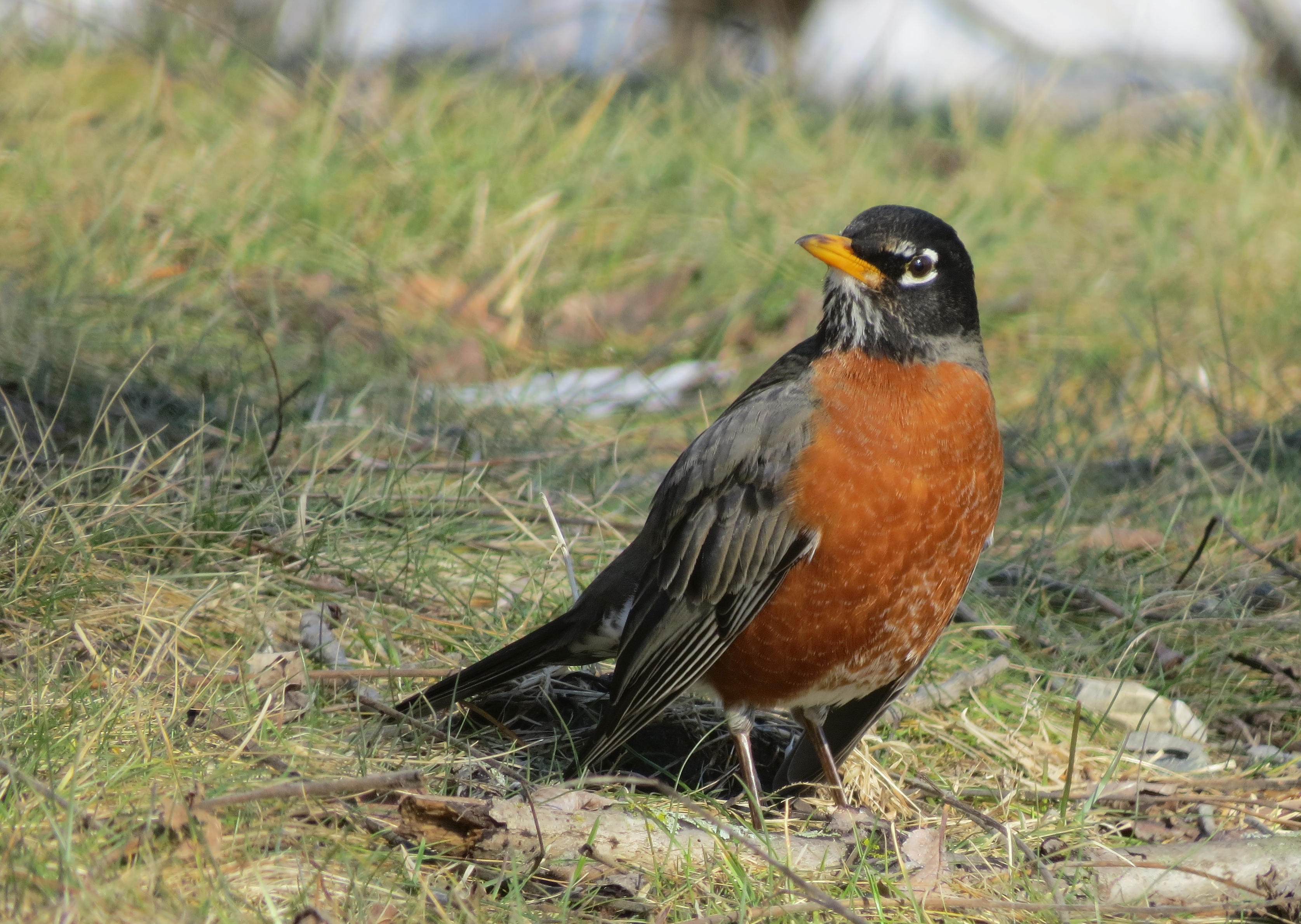
Listen to birds
It’s the first week of March, and Mother Nature has been restless across the country. But is it spring? Don’t ask the robins. Robins have been here all winter, perhaps dreaming they will find a worm soon, and they might.
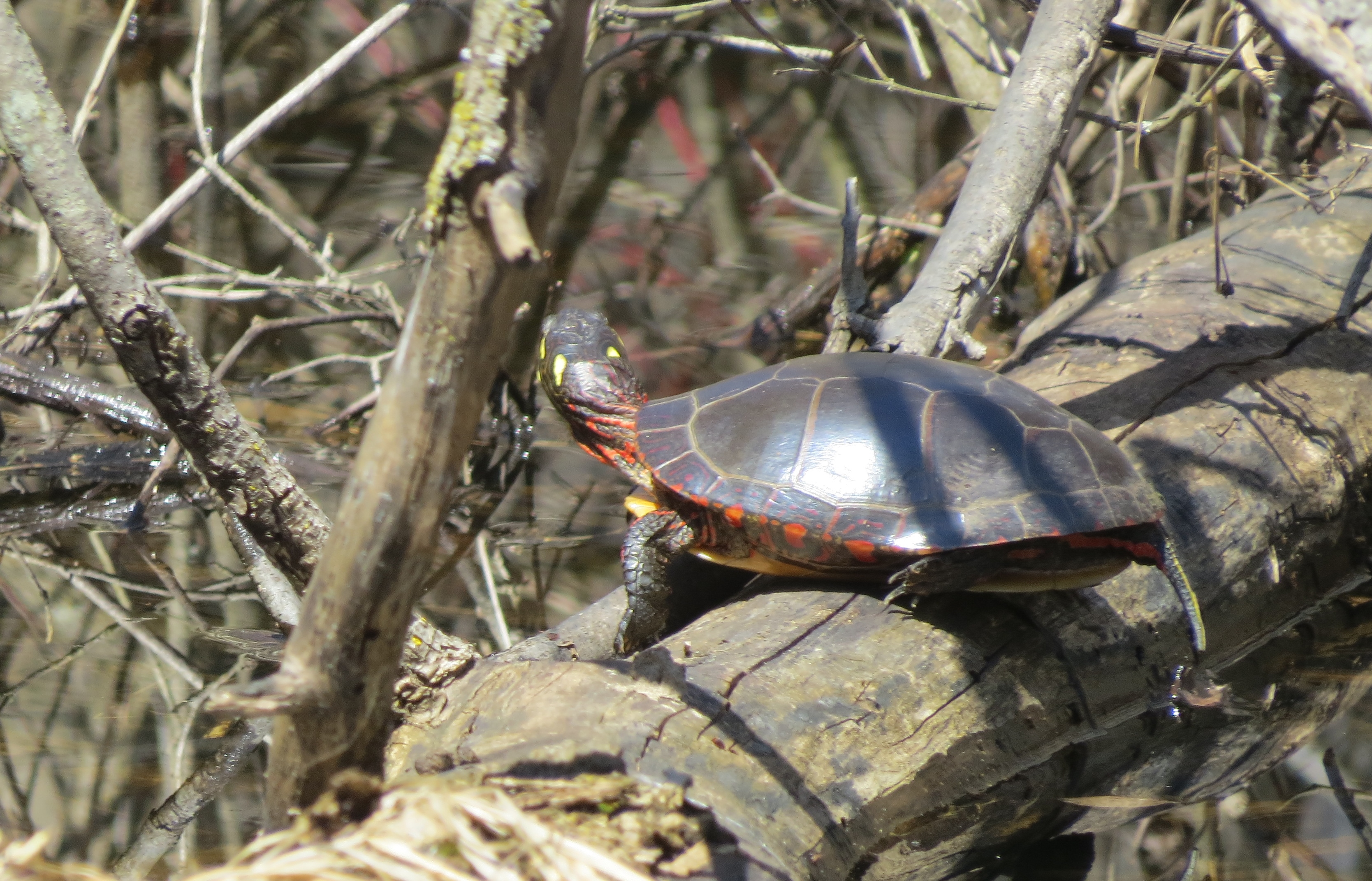
Almost two weeks have slipped by since biologist Lucy Clucas of Turtle Creek Farm in Waterford shared photos of turtles sunning at her farm pond on a 67 degree, late February afternoon. Others posted images of turtles out for spring-like strolls and log-crawls near the same time as well. Does that mean spring is here? Chickadees behave like it is and sing their spring songs.
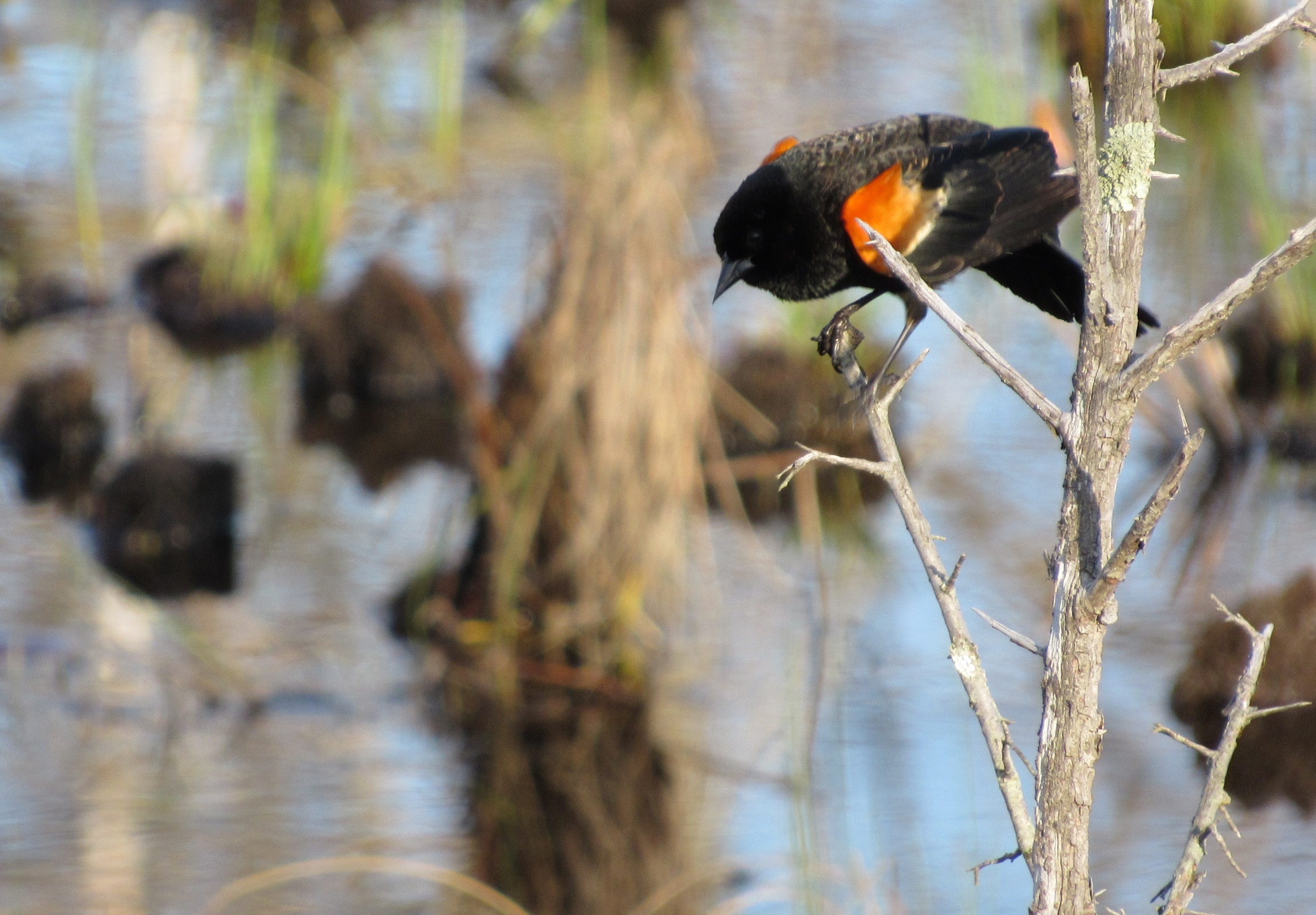
Red-Winged Blackbirds are staking out territory in the marshes of Rose Oaks County Park and Indian Springs Metropark. Great Horned Owls are already nesting high up in white pine trees and so are the eagles of Stony Creek Metropark. Sandhill Cranes, whose traditional display of long-legged, red-crested beauty draws the admiration of visitors old and young, have returned to Kensington Metropark. Does that mean it is spring?
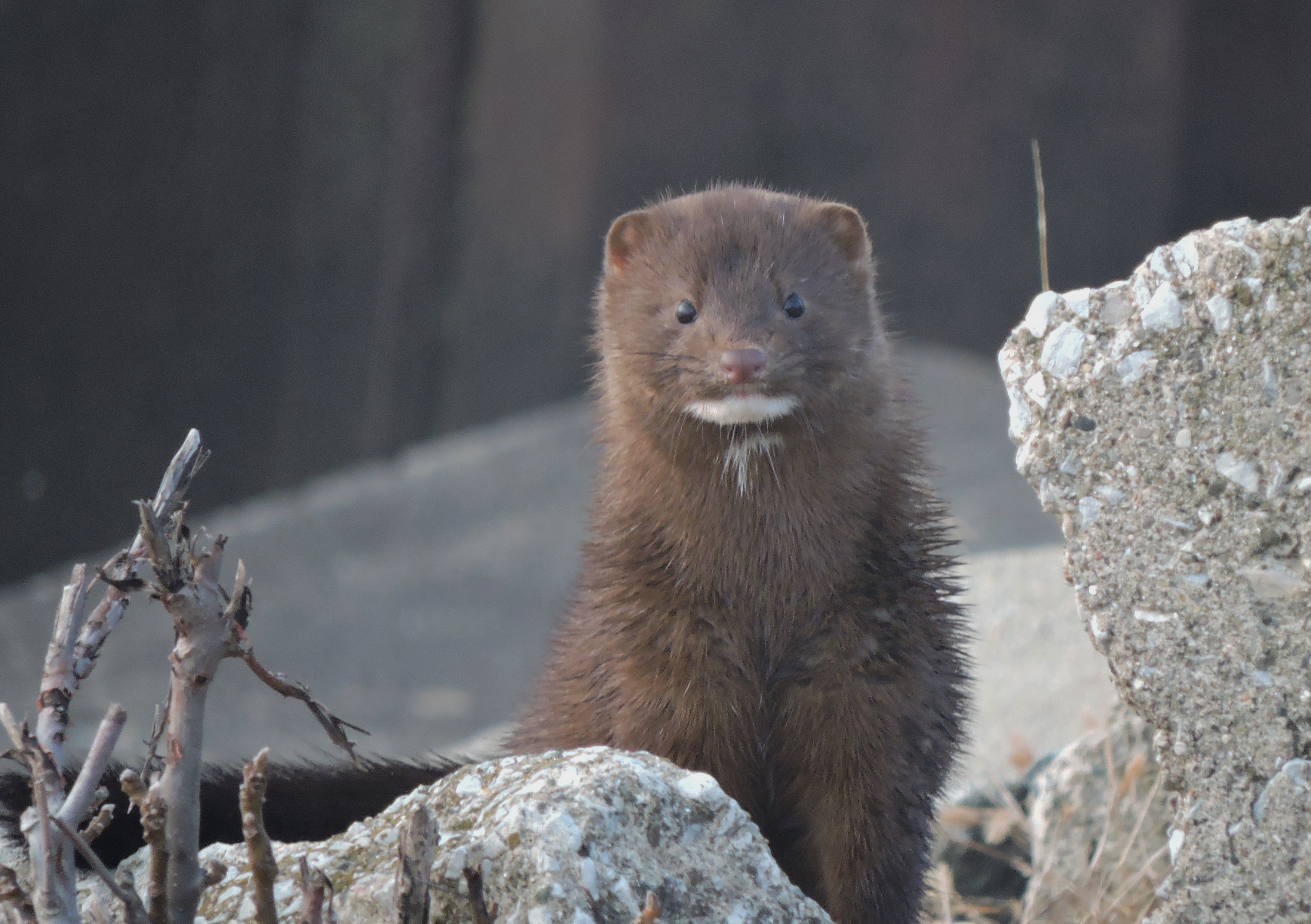
Courtesy of Duane Upton, Oakland County Parks
Watch the mink
Mink have been very active in daylight, seemingly abandoning their more nocturnal ways. These always hungry, semi-aquatic, sleek creatures of our wetlands are on the prowl, perhaps feasting on sluggish frogs that emerged from murky mud a bit too soon. A frog entrée after a winter of furry meadow voles and crunchy mice sounds pretty good, if you are a mink. My friend Duane Upton is a Seasonal Park Supervisor at Addison Oaks County Park and captured an up-close mink image last week near Marine City. Other great mink images from Kensington Metropark are making the rounds on social media.
A late winter blizzard may yet envelope our county, but as Aldo Leopold penned in his timeless classic, A Sand County Almanac, “The months of the year, from January up to June, are a geometric progression in the abundance of distractions.” The distractions of early March are accelerating.

Touch the skunk cabbage
There have been an abundance of distractions these past few weeks, even severe storm warnings were spawned by changing weather patterns and unstable record warmth. Those weather patterns sure hint of spring. But is it spring? Humans, like wildlife, also respond to environmental conditions. I found my answers not along the sidewalks in the city, or from creatures of the fields and woods, but in the marshes on the Wilder Side of Oakland County. A heat generating plant that grows in wetlands holds the secret—at least for me.

Skunk cabbage is the earliest flowering plant to emerge in the waning days of winter, and it usually does so by poking up through crusty snow and thick layers of ground frost by turning up its thermostat. Skunk cabbage is “thermogenic” – meaning it creates heat. When its internal furnace fires up, the surrounding snow melts from the radiating warmth. In a “normal” winter, an odd circle of bare ground, free of snow, surrounds the plant. The melt zone is from heat generated by the plant, making it easy to spot it from a distance. If a finger is gently inserted into the spathe, the ‘hood’ around the flower head, the warmth is palatable. How warm? Fifteen to thirty degrees warmer than the surrounding air! Sit patiently to watch a skunk cabbage plant during the waning days of winter and a secret micro-climate world will unfold, causing another abundance of distractions: small insects, spiders, flies, and moths attracted to this warm oasis of life.
Things are very different this year in the bogs, swamps, and wooded wetlands of our county. There is no snow or ground frost in the marshes for the skunk cabbage to push through, just a shallow sea of unforgettable boot-sucking, soupy muck in the first week of March. Bog-trotters, marsh-lovers, ditch-probers, and folks like me that take pleasure in wandering wetlands can confirm that fact as we search for spring. The skunk cabbage is thriving, almost unseen, in the fertile muck that is the essence of spring. Without snow for contrast, the mottled shades of green, and at times deep wine-red hues of skunk cabbage blend with fallen leaves from last year, and many of the plants go unseen.
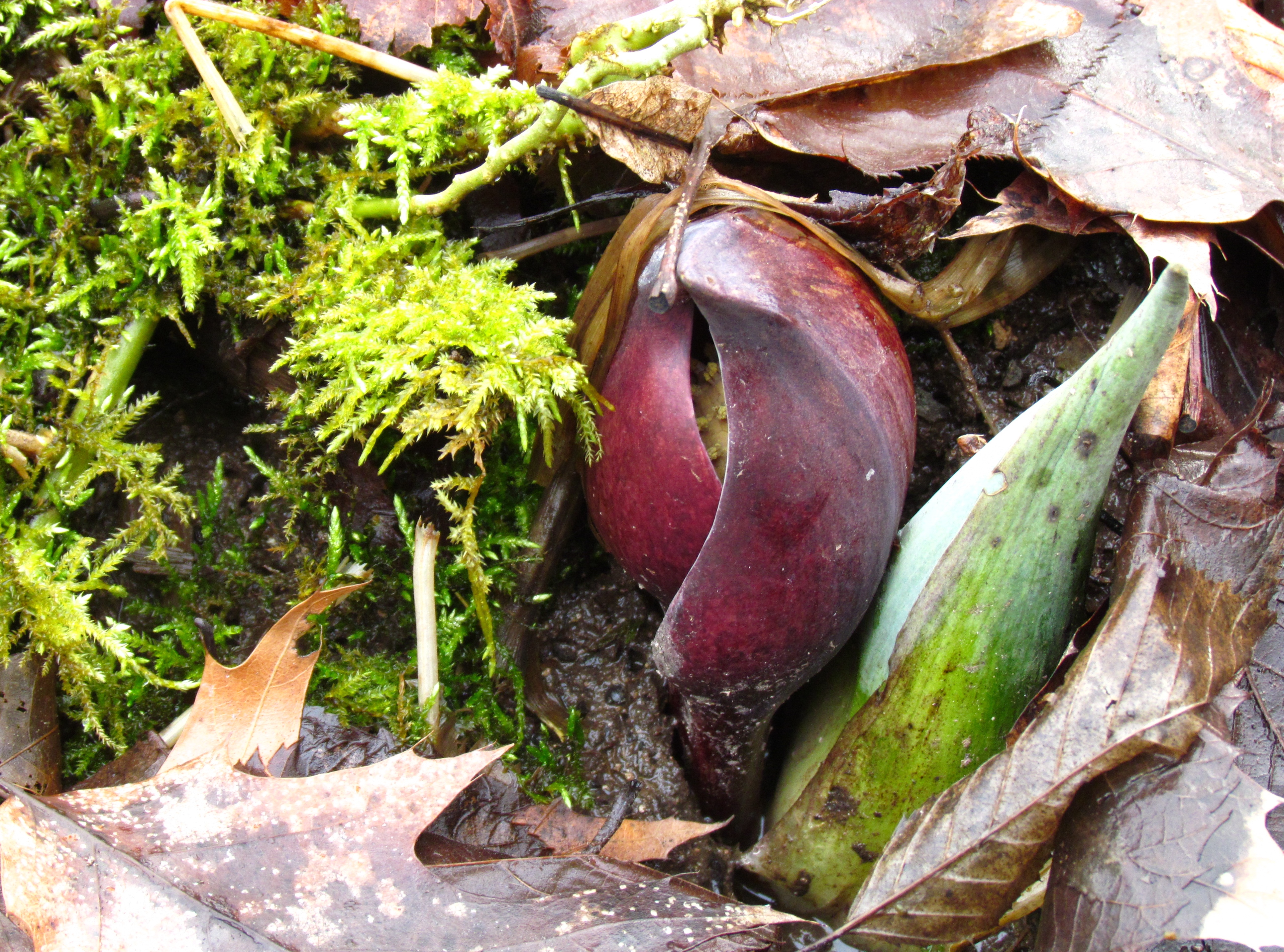
So where is spring? The calendar proclaims the dawn of spring to be on the 20th day of March. However, the arrival of spring is not a spontaneous event, where one moment is winter and the next moment is spring. It’s a slow, rather delightful, and observable process of transition for those that take pleasure in hiking the trails of our county, perhaps pausing to lean against a tree, or sit on a hillside to silently celebrate the abundance of distractions of nature’s way. Explore the websites of Huron-Clinton Metroparks, Oakland County Parks, and the State Recreation Areas of the Michigan Department of Natural Resources for trail locations and don’t forget your local park agencies. They too have some great trails. With a destination in mind, head for a trail and search out your signs of spring. If you wander near wetlands, look for skunk cabbage, my harbinger of spring. Perhaps bend down and gently feel the heat of the flower, but be careful to watch for pollen-gathering honey bees drawn to this first flower of spring.
Jonathan Schechter is the Nature Education Writer for Oakland County Government and blogs weekly about nature’s way, trails, and wildlife on the Wilder Side of Oakland County.
For the latest county news and events, visit our website and follow along with us using #OaklandCounty on our Facebook, Twitter, Instagram, and LinkedIn pages.




